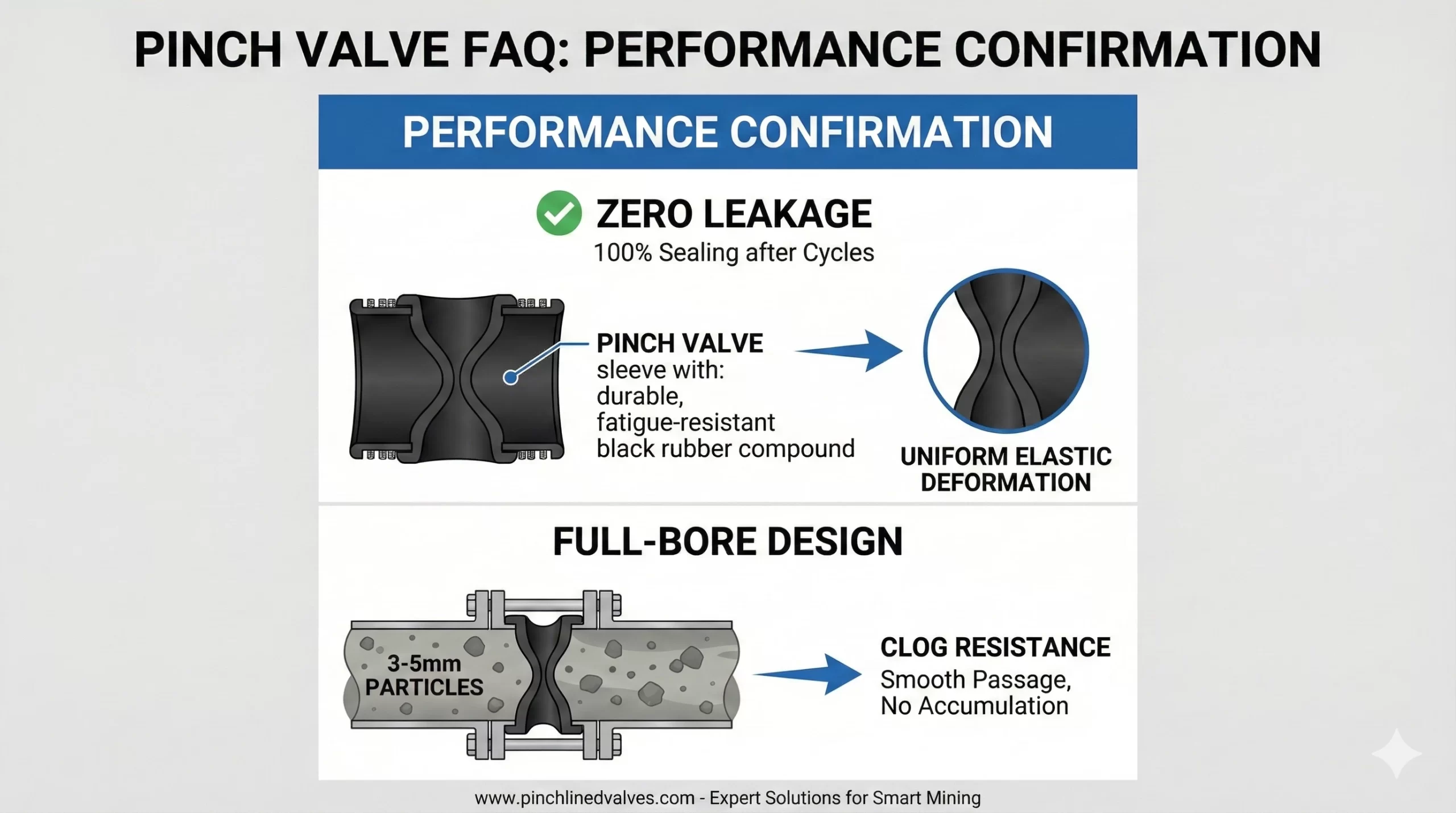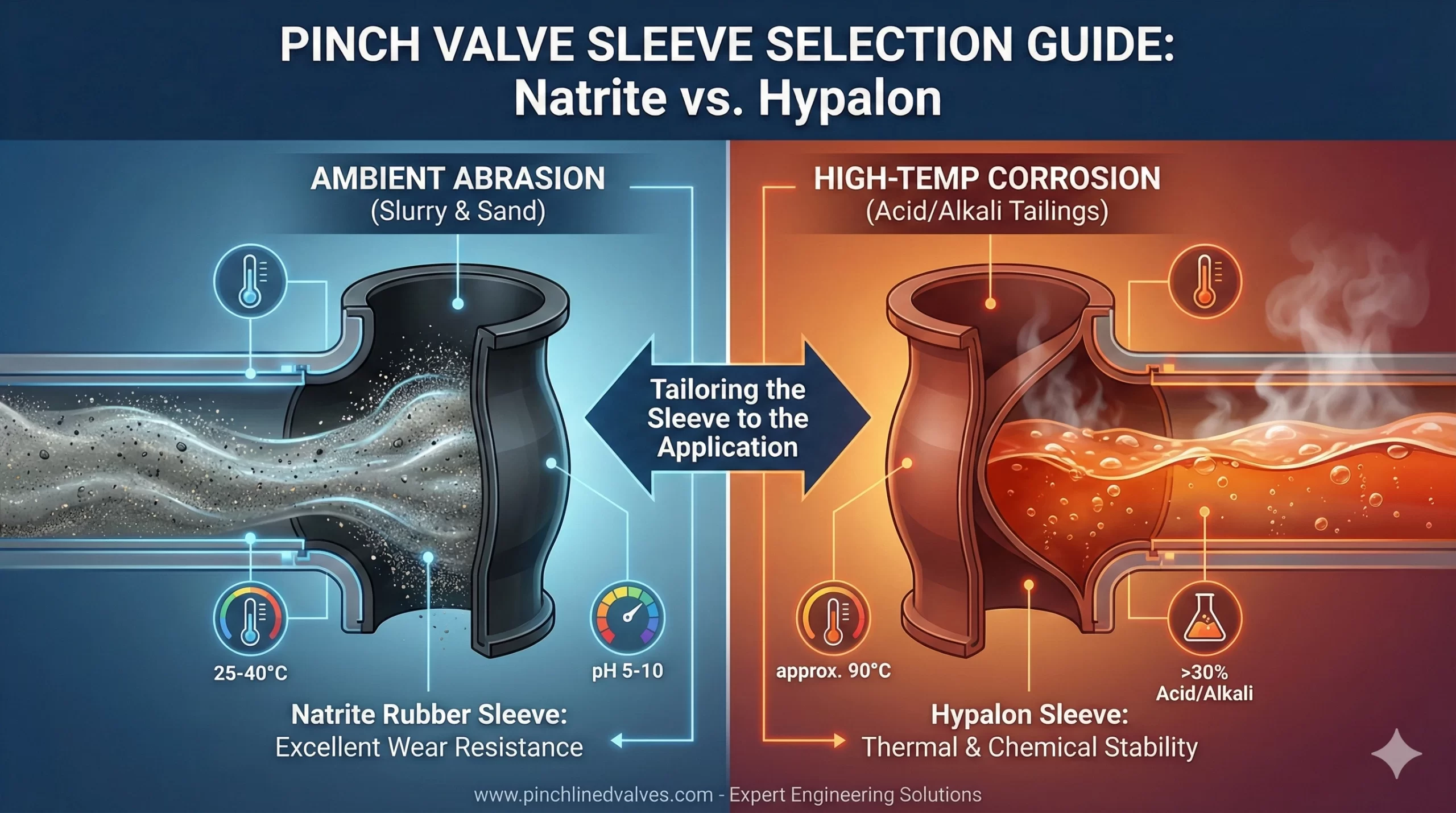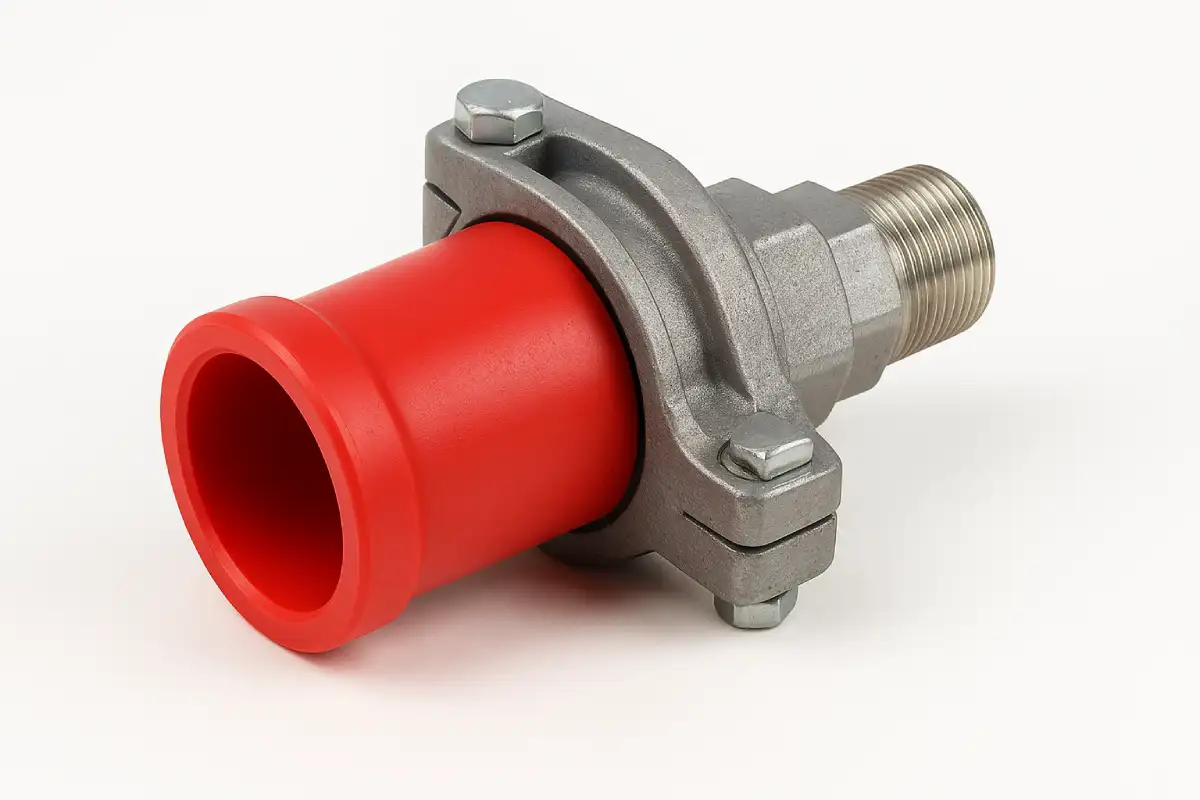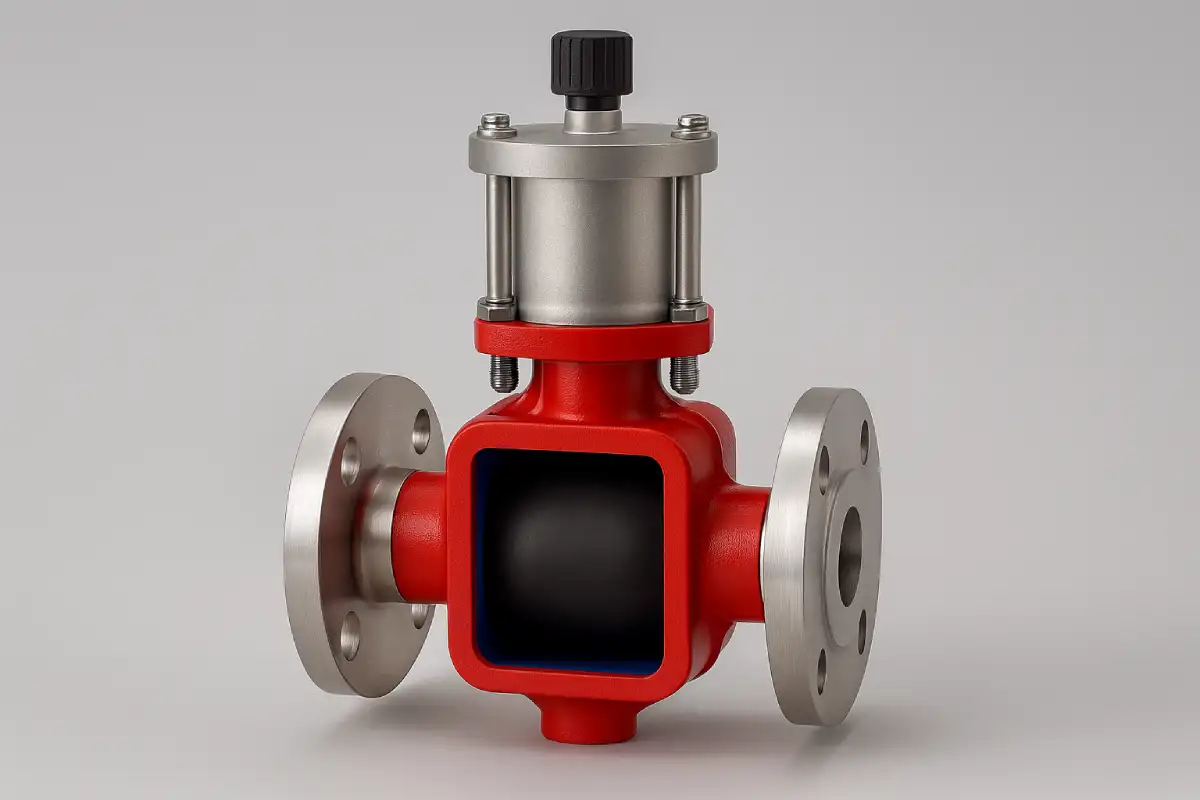

Um filtro de cesto é essencial para manter bombas, válvulas e tubulações livres de detritos. No entanto, sua eficácia depende muito do tamanho da malha.
Escolher o filtro errado pode afetar negativamente o desempenho do seu sistema, causando entupimentos, quedas de pressão ou até mesmo falhas no equipamento. Aprenda sobre o impacto do tamanho da malha na filtragem para evitar erros dispendiosos e manter seu sistema funcionando da melhor forma possível.
A malha dentro de um coador de cesta é o núcleo de sua função de filtragem, pois determina o que é filtrado (detritos e partículas indesejáveis) e o que passa (fluidos). Também pode influenciar a taxa de fluxo, a precisão da filtragem e a frequência de manutenção.
O tamanho da malha determina a eficácia de um filtro de cesto na separação de sólidos de fluidos. Portanto, ele deve sempre ser adequado ao tamanho das partículas, à pressão, aos requisitos do processo e aos fluidos que estão sendo processados pelo seu sistema.
Abaixo, você encontrará uma variedade de tamanhos de malha. Quanto maior o número, mais fina será a filtragem.
| Tipo de malha | Nível de filtragem | Uso comum |
| Grosso (20-100) | Captura de partículas maiores (areia, sujeira, incrustações de tubulação) | Água gelada, serviços gerais |
| Médio (100-400) | Filtração de média precisão (areia fina, lodo, pólen) | Processamento químico, aplicações industriais |
| Ultrafino (400+) | Filtração de partículas finas | Alimentos e bebidas, produtos farmacêuticos, combustíveis |
Escolher o tamanho de malha errado na sua configuração pode levar a:
Veja aqui como o tamanho incorreto da malha afeta o desempenho do coador de cesto:
| Erros | Efeito |
| Utilizando uma malha “padrão” sem verificar o tamanho das partículas. | Filtração ineficaz |
| Ignorando a pressão e a temperatura do sistema. | Restrições de fluxo, sobrecarga da bomba, deformação ou rasgo da malha |
| Ignorando a análise de fluidos | A escolha inadequada de materiais pode levar à corrosão, formação de pites, contaminação ou reações químicas. |
| Atrasar ou esquecer a manutenção regular | Entupimento ou falha prematura |
Realizar inspeções a cada 2 a 4 semanas deve ajudar a detectar e desobstruir os canos antes que o problema se agrave.
Sim, mas apenas se forem danos pequenos, como amassados. Rasgos ou danos por corrosão na tela exigem a substituição completa.
Sim. Escolher o material certo pode garantir melhor desempenho e maior durabilidade.
O desempenho de um filtro de cesto está diretamente ligado à qualidade de sua malha. Usar o tamanho de malha correto é fundamental, pois garante uma filtragem adequada, evita danos ao equipamento e paradas dispendiosas.
Na LIANKE, projetamos e desenvolvemos soluções de engenharia para diversos setores e aplicações, incluindo filtros, válvulas de aperto, e válvulas revestidas com flúor. Para obter mais informações ou um orçamento sobre nossos produtos, entre em contato conosco hoje.

Question 3:Performance Confirmation:Your documentation mentions “zero leakage” and “clog resistance.” We would like to confirm: After long-term operation, will repeated compression cycles cause sleeve fatigue leading to sealing failure? Is the full-bore design truly effective for slurries with larger particles (e.g., 3-5mm)? Answer 3:Confirmation of “Zero Leakage” and “Clog Resistance” Performance (1)Zero Leakage Reliability: Our […]

Material Selection:We are dealing with different working conditions: (1)Question1: Condition A: Ambient temperature (approx. 25-40°C) slurry containing fine sand, where wear resistance is the primary consideration, with weakly corrosive media (pH 5-10). Answer1:(ambient temperature, fine sand, low concentration corrosion, high wear resistance): Preferred recommendation: Natrite Rubber sleeve. Reason: The core advantage of Natrite Rubber lies in its […]

A pinch valve adapter connects a pneumatic pinch valve or manual valve to pipes, tubes, or other parts of a system. With this connector, the valve can manage liquid or gas flow without leaks or strain. It also lets the valve fit in tight or unusual setups. This reduces operational risks and improves overall performance. […]

Yes, they are. Hygienic pinch valves are specially designed to keep things clean and safe, which is why they’re so common in food, pharmaceutical, and biotech environments. Their smooth interior and dead-zone-free design make cleaning quick and reliable. And if the term is new to you, don’t worry, this article will walk you through what […]



